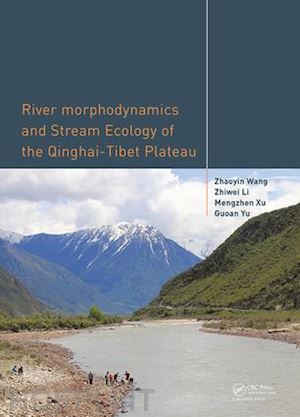Zhaoyin Wang is professorat Tsinghua University andchairman of the Advisory Council of the International Research and Training Center on Erosion and Sedimentation (UNESCO). He is vice president of the International Association of Hydraulic Engineering Research (IAHR) and chairman of the division of Hydro-environment of IAHR, chief editor of the International Journal of Sediment Research; and vice president of the World Association for Sedimentation and Erosion Research (WASER).His research interests include sediment transportation, river ecology and integrated river management. He has published more than 300 papers in international and Chinese journals. His scientific achievements include the theory of hyperconcentrated flows, debris flows and control strategies, development of vegetation-erosion dynamics, research in eco-sedimentation, theory and methods of integrated river management. In recognition of Zhaoyin Wang’s scientific contributions, the Chinese government has awarded him several prizes.The American Society of Civil Engineers awarded him the 2011 Hans Albert Einstein Award. Zhiwei Li is a post-doctoral research fellow of Tsinghua University. His research interests include fluvial processes, meandering river and wetland. He has published more than 30 papers in international and Chinese journals as the first author. His current efforts focus on fluvial processes of theYangtze River Source and Yellow River Source and wetland degradation mechanisms of the Ruoergai basin on theQinghai-Tibet Plateau. Mengzhen Xu is doctor and assistant professor of Tsinghua University. Her research interest include eco-hydraulics and eco-sedimentation, restoration of river ecosystems, and the impact of hydraulic engineering on aquatic ecosystems. She has published and co-authored more than 40 papers in international and Chinese journals. Doctor Guoan Yu is Alexander von Humboldt Research Fellow and assistant professor of Institute of Geographic Sciences and Natural Resources Research, CAS. His research interest include fluvial processes, bedload transport and geomorphology.











